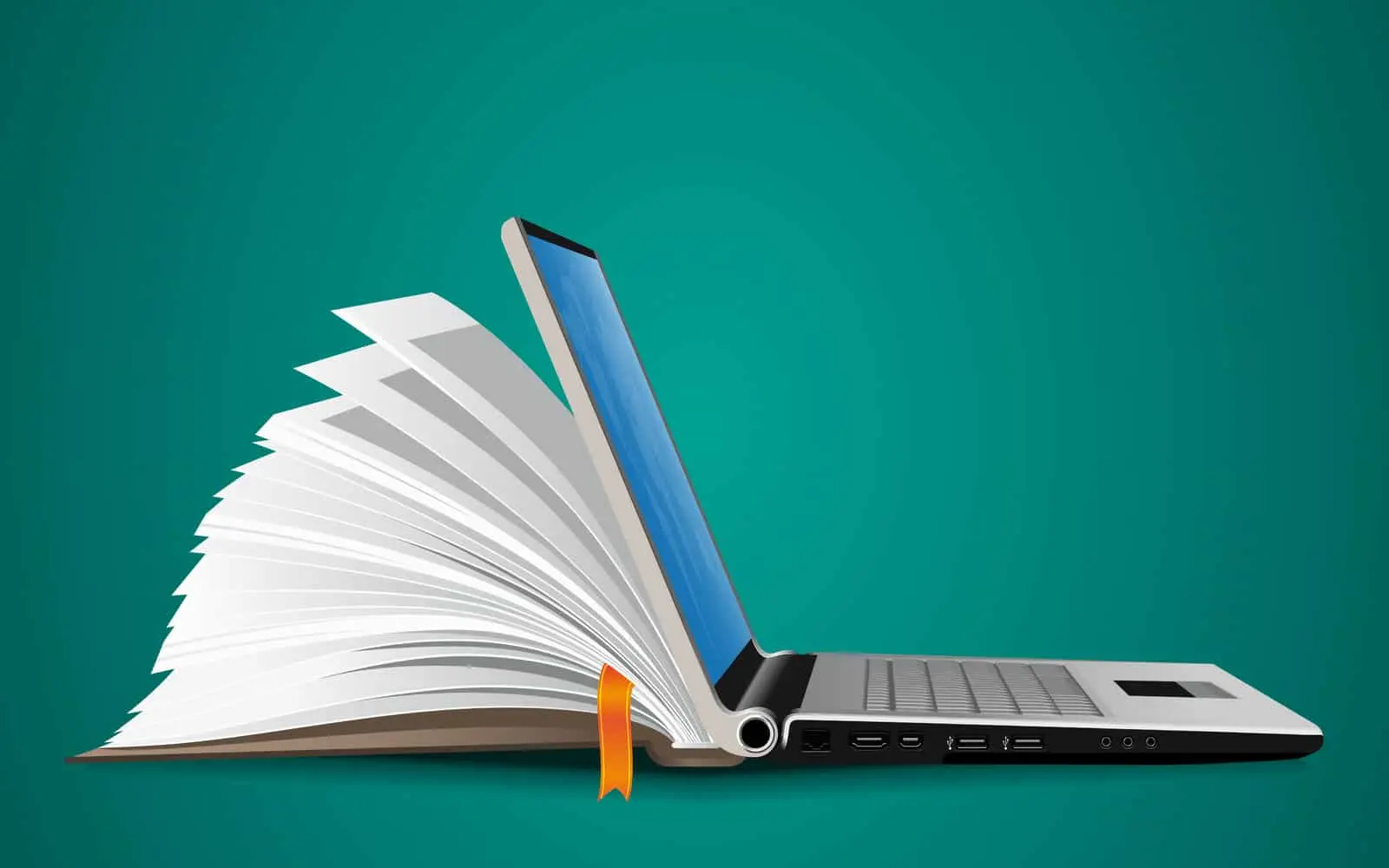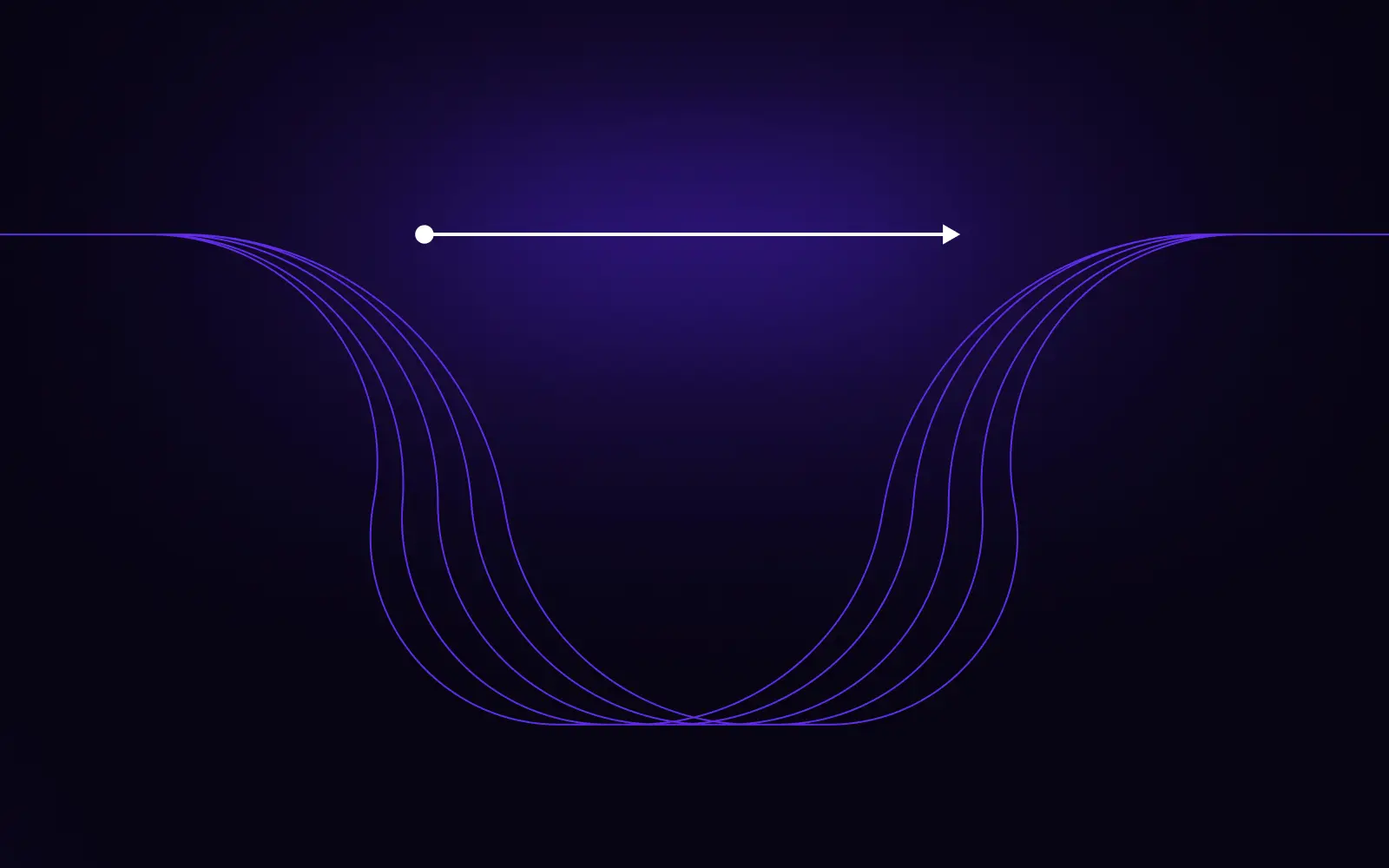
If the artificial intelligence and internet – with its tools such as Facebook or Skype – changed the global economy, entertainment and politics, why not change education? It’s already happening, but we need to take it to the next level. Modern learning methods let students think independently, get immediate feedback, and look at the world from the entirely different perspective.
Future will be shaped by the transformational impact of artificial intelligence and data technologies. We witness the birth of a new knowledge ecosystem within which education, industry, and technology form a powerful partnership. New Education should be based on New Technology – and I mean both software and hardware.
Touching the tablet or smartphone with your finger is as natural for today’s child, or maybe even more natural, as splashing water, pouring sand or modeling clay. Mixing the real world with the virtual one should also work this way in schools. I think that eliminating modern technologies from places of education makes these places archaic. Modern technologies must be treated as an element of the natural environment and as basic tools of communication between students, parents and teachers. Learning with the help of thick textbooks, pens and a green chalkboard is a thing of the past.
Non-stop Education
Let’s start with the basics. Do you remember once you had to learn the capitals of European countries by heart? Why do we do it today when the answer for the capital of Moldova can be found in a few seconds? Even if the question will be asked in Chinese. But that’s only one thing that would make us rethink obsolete learning methods – Google is not all it takes. The real revolution in education of the future will be the use of augmented reality.
The main potential of education based on augmented reality lies in the AR method – applying computer-generated information to real objects and working on virtual objects in the real world. This allows education to be almost “tangible”, spectacular and affecting all the senses that participate in the learning process.

Microsoft HoloLens in action. Who wouldn’t want to learn about the Universe this way?
The best results in education are brought by all senses, not only through the eyes but also through hearing, smell or touch. Education with the help of AR can be used, for example, during museum trips, science classes in the ZOO, or geography lessons on a school trip. This method allows non-stop education – for example, you go to a city and see an interesting building. You look at it and you know when it was created, what styles it represents, who lived in it and what stories are associated with it.
» Read our article: The Digital Future of Healthcare: How Startups Will Heal a Sick System
Is the Teacher Coming With Us?
Will the teachers disappear from the school of the future? Of course not – they will even multiply, but only digitally. Do you remember overcrowded classes from primary school, 30 students in a narrow, dark classroom? In the school of the future, everyone will be able to count on the teacher’s exclusivity. Thanks to the Internet, every student will be able to profit from direct contact with the teacher and immediate feedback!
Such a method of education is developed, for example, by Khan Academy. The project involves learning through computers, where thanks to the program, the teacher can coordinate the work of all students at once in real time. The student does not have to wait until you collect the notebooks and after a week give it back checked out with red comments written. After all, the student will forget everything by this time. Learning 1:1 makes students learn from their mistakes in real time. Thanks to this, pupils avoid repeating mistakes at the beginning, and as you know, repetition is the main method of acquiring knowledge and abilities.
Students learn to think independently instead of following the rules and patterns without any reflection
In this program, students get immediate feedback and, for instance, use videos and hints. This is something similar to the open book method, but thanks to this, students learn to think independently instead of following the rules and patterns without any reflection. Technologies can be present in the background as additional tools, facilitating communication and finding various sources of knowledge.
Learning at Home is Effective
I have to say: technology makes it possible that you will not have to go to school in the future. You can learn at home via the internet. This is not an abstraction because online courses – which give a full-fledged diploma – are offered by universities, including Oxford, Cambridge, Stanford and Harvard.
The propagator of home education is Sugata Mitra, Professor of Educational Technology at the School of Education, Communication and Language Sciences at Newcastle University in England, winner of the TED conference in 2013.
The starting point for him was the problem of education of children in the Third World. He organized computers for children in India and saw that they began to learn by themselves! Mitra left computers in India with information on biotechnology in English. The children didn’t speak English, but they had the internet. After two months, their level of knowledge in this area increased from 0 to 30% (on the author’s scale). Sugata Mitra decided to assign a teacher to the project, which motivated the students. After the next two months, the level of knowledge was 50%.

Oxford, Cambridge, Stanford and Harvard are already on board with e-learning
To see if this system works also outside Third World, Mitra went to Italy. In the classroom where everyone spoke Italian and nobody knew English, he left the sentence: “Why did dinosaurs die out?”. Within 10 minutes, the children found the answer. The computers were enough. Then he asked the class about a dozen questions. In the end, he did a test of the acquired knowledge. The average result: 76%. He returned to this school after two months to check if the children still remember something. He did the test. The average result: 76%. Mitra was right: learning through play and using all the senses allows knowledge to go deep into memory.
Fun Instead of Punishment
If education through a computer, the internet and social media is the future of education, and prestigious universities are on board, are schools still needed? Test results show that learning online is cheaper and more effective.
Education of the future is not only e-learning but also making the full use of the technologies mentioned here: Augmented reality, immediate feedback, and the ability to use scientific help for all the senses. Learning that is fun and not compulsory. A long way of education from corporal punishment and forging rules by heart to a real useful fun in your own home. I do believe that the Internet, AI and machine learning are playing a transformational role in the world of education.
As top mobile developers in Poland, we develop extraordinary educational tools. Check out our case study of a platform which helps students build the academic English-language skills!



